There are many options for heating rooms, and we shall take a closer look at them in this article. We will also look into whether it's better to invest in traditional methods that are cheaper to install, or invest in slightly more expensive, but more environmentally friendly solutions? In this case cheaper does not always mean more economical, or more user friendly.
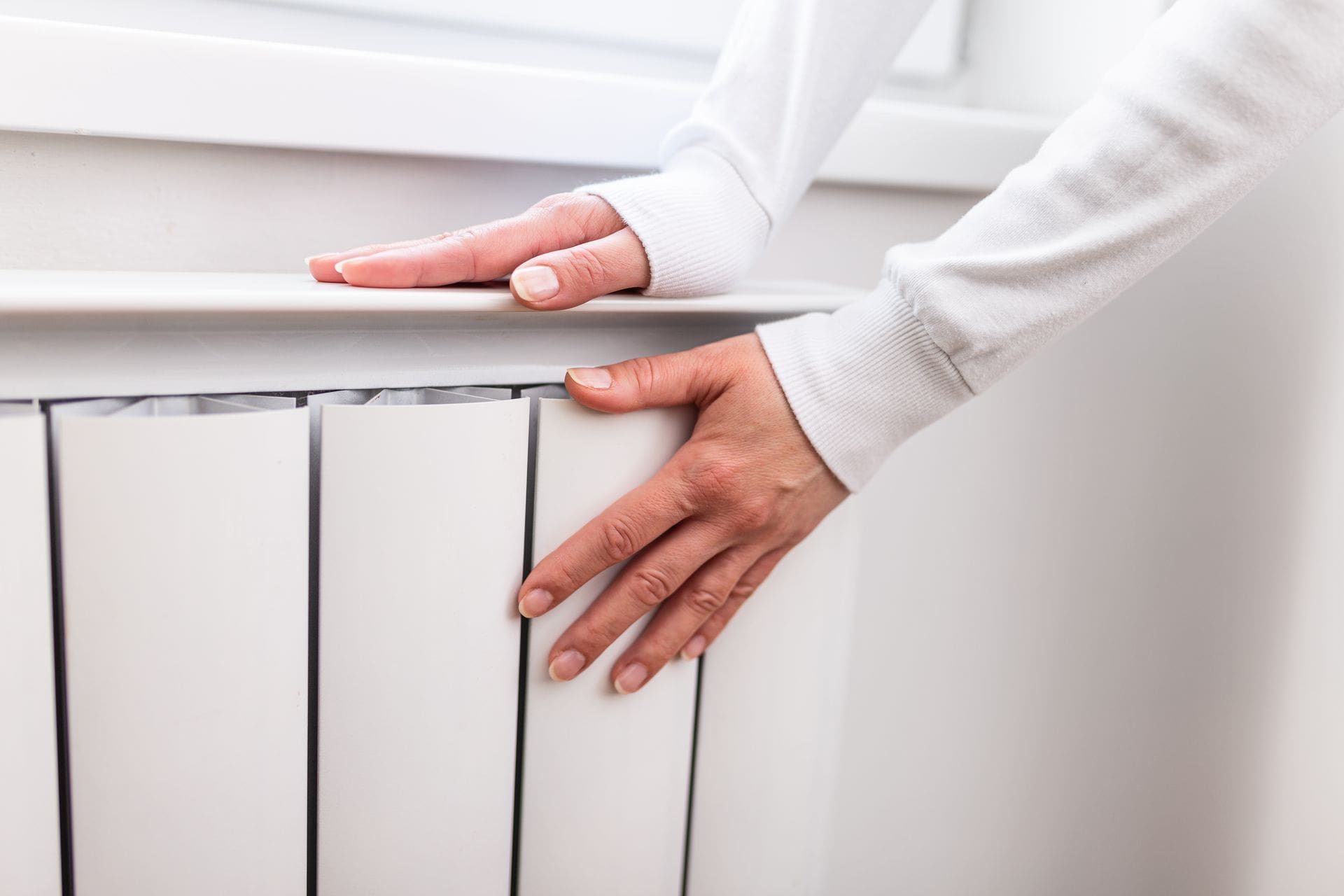
There are many options for heating rooms, and we shall take a closer look at them in this article. We will also look into whether it’s better to invest in traditional methods that are cheaper to install, or invest in slightly more expensive, but more environmentally friendly solutions? In this case cheaper does not always mean more economical, or more user friendly.
- So what are the options when it comes to heating rooms?
- Pros and cons of different heating methods
- Traditional radiators
- Underfloor heating
- Wall heating systems
- Ceiling heating systems
- Heating methods according to the type of space
- Old houses
- Workshops
- What should you use for heating?
- Which heating method should you choose – summary
So what are the options when it comes to heating rooms?
The heating method for your home or business should be chosen at the design stage of construction. On the other hand, if you already have commercial or residential premises, then check whether the current heating method really suits your needs. The main aspects to consider are:
- how much you want to spend,
- comfort of use,
- operating costs.
This is important, because some cheaper heating methods (e.g. solid fuels) are very time-consuming. So if the budget is not your main concern, and at the same time you are looking for a user-friendly solution, investing in traditional a coal or biomass stove will not make much sense. And similarly, if you live in the countryside you might be off the gas grid and are reliant on expensive alternatives to heat your home.
Environmental aspects of the heating method are also aspects worth considering. Some types of solid fuels are no longer permitted in certain areas. This is especially the case in urban areas.
Pros and cons of different heating methods
Different ways of heating rooms can be divided according to the type of equipment or fuel used. The most common types include:
- heating powered by solid fuels (coal, wood, pellets, biomass);
- gas-fired systems (condensing boilers and regular boilers);
- oil heating systems (a furnace or a boiler);
- electric heaters (convection, oil, ceramic, halogen, fan);
- heat pumps (air, ground, water, hybrid);
- fuel cells (simultaneous generation of heat and electricity);
- mixed (combining several different methods).
Which heating method is the cheapest? Solid fuels are currently still the cheapest option. However, they are quite troublesome to use (time-consuming and require storage space) and definitely the least environmentally friendly. Heat pumps, on the other hand, although also cheap in the long run, can be expensive to buy and also maintain.
Gas and oil heating usually have more or less the same costs, although the first on is more convenient if you have access to the gas grid. Electric heating systems are the most expensive, although they will also be the cheapest when it comes to installation. This is also the most convenient solution.
Traditional radiators
The most popular way to heat rooms is using traditional radiators, which are cheap to buy and easy to maintain. They can also be used in virtually every type of building and installation is usually quick and easy. It is also a very practical method, making it the first choice for heating an attic. Which radiators are best? Panel radiators will be good in the bedroom or kitchen, ladder towel models in the bathroom (as the name suggests, they are good for drying towels), and decorative radiators in the living room.
Disadvantages of such radiators are their high energy loss (they need to be heated to a very high temperature), as well as the impact on the design and volume of the room.
Underfloor heating
Underfloor heating is becoming more and more popular, especially in new buildings. It works well in all types of rooms, not only in private homes. It is a very effective method of heating garages, although the installation itself is not cheap. Installation is very invasive, so it is best to do so when building the house or during a general home make-over. Another disadvantage is that you should not cover the floor, so carpets will reduce the heating effect.
On the other hand, many users praise the fact that they can walk around barefoot. In the case of hot water underfloor heating, you can cool the room in summer by means of a cold water flow, meaning that an air cooler will not be needed.
Wall heating systems
Wall heating systems work in a similar way to underfloor heating, but are much less common. There are many architectural barriers – such as doors or windows – which limit the installation possibilities. As in the case of underfloor heating, also in this case all types of decorations will make it less effective. Another disadvantage is the need to insulate the outer walls to reduce energy losses.
The most important advantage of this type of heating is very quick and even heat distribution.
Ceiling heating systems
Ceiling heating systems – just like floor and wall heating – are low-temperature systems, making them an economical solution suitable for use with heat pumps. Advantages of this type of heating are also the possibility of using a large heating surface and limited changes to the design. Disadvantages include unnatural air circulation and discomfort associated with heat coming from above.
Heating methods according to the type of space
Choosing the right heating method often depends on the type of space. Different systems will be better in large, industrial spaces with a high level of heat loss, and others in small homes. If you have a spacious office or an open-space production plant, underfloor heating will be both effective and provide a good return on investment in the long run. On the other hand, for irregular use in a small studio apartment, electric heating and air coolers will work well.
Similarly, in a small house with several rooms, traditional wall heaters supported by underfloor heating in the kitchen or bathroom will be the best option.
Old houses
If you are wondering which heating method will be the best in an old house, then you probably already know that it is not an easy matter. Old brick buildings often have very bad wall insulation, which leads to high energy losses. This is especially true in the case of concrete or prefabricated structures. If you own such property, it could be worth investing in thermal insulation of the entire structure, although this can be problematic in the case of historic buildings, where you will need to apply for permission. However, in such buildings you will be able to insulate the attic without any problems, which is important if you consider that this is where 30% of energy losses take place.
On the other hand, old wooden houses usually have quite good heat accumulation properties. So if you are planning to change the your method or type of heat distribution, it is worth taking this into account. In general, low-temperature methods will be better.
Workshops
Workshops are usually heated with solid fuel central heating systems or gas stoves. They also often use traditional, not very efficient, but cheap portable heating methods, such as oil stoves.
If there is no need to heat the entire space or invest in expensive installations, the use of portable electric heaters will also be a good idea. It is worth looking into such solutions when planning a car repair shop.
-
Hanging Outdoor Heater – 1,500 W
159.00 €129.00 € -
Infrared Patio Heater – 2,000 W – remote control
119.00 €109.00 € -
Patio infrared heater
139.00 €109.00 € -
Infrared Patio Heater – 1500 W
109.00 €99.00 €
What should you use for heating?
Safety is always important when choosing a heating method. This applies to both the system itself and the type of fuel used. Using another type of fuel than specified in the technical specifications may be less efficient, and even damage the equipment. Occupational health and safety in catering requires that you strictly follow the instructions for using biofuel fireplaces, because their improper use end in an explosion.
In the case of solid fuel stoves, it is unacceptable (and illegal!) to burn rubbish, as it can emit numerous poisonous substances that are harmful for the environment, as well as your household. In the event of an inspection you risk receiving a high fine.
Which heating method should you choose – summary
So which heating method will be best in your case? You should take into account many factors and analyse this issue with future heating costs in mind. It is an investment for many years to come, so sometimes more expensive solutions are a better choice in the long run.
The environmental impact of the chosen method is also of great importance. For this reason, environmentally-friendly heat pumps are now gaining in popularity. Despite the relatively high installation costs, along with the growing prices of conventional fuels, the use of this type of system is becoming a more economically viable solution year-by-year.

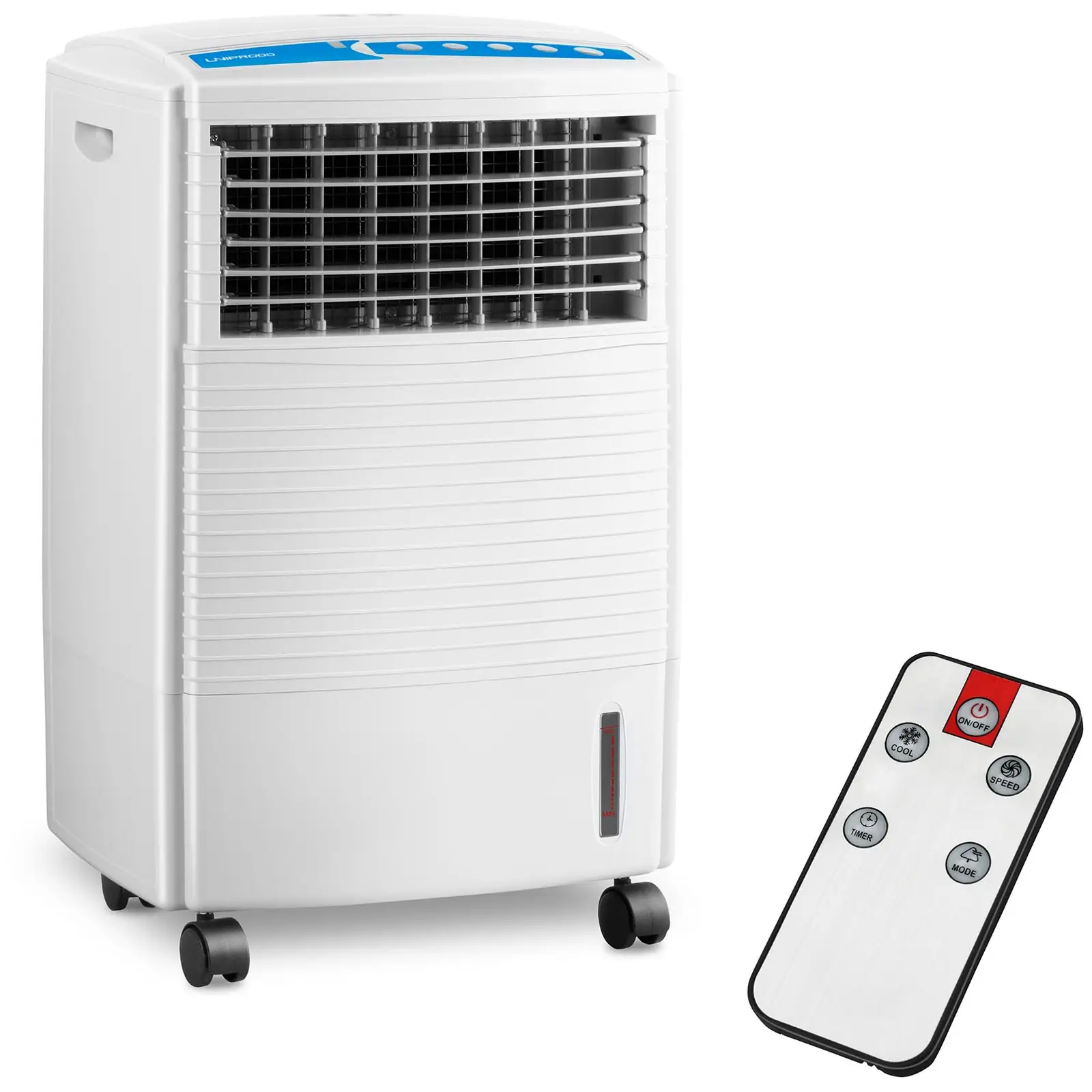
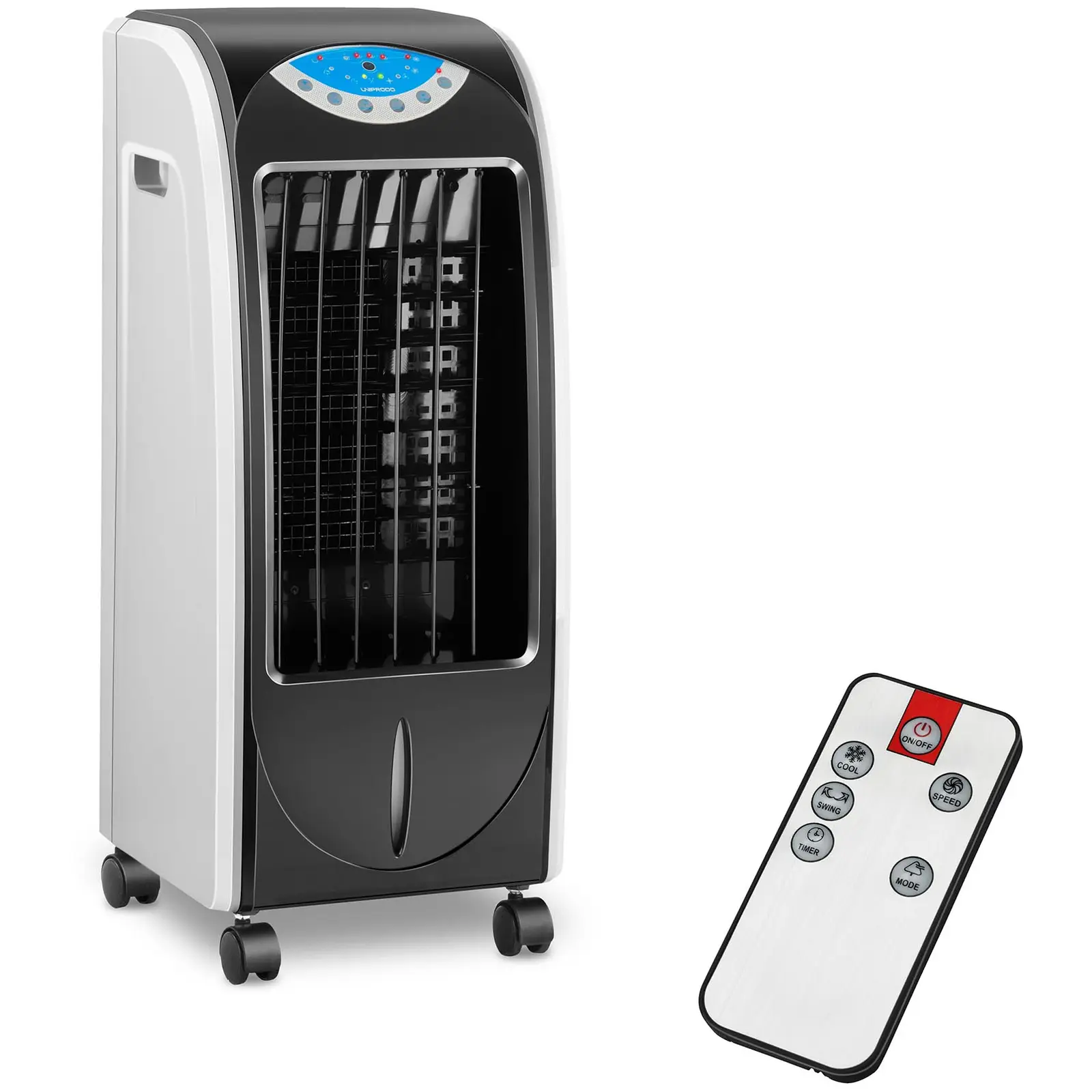
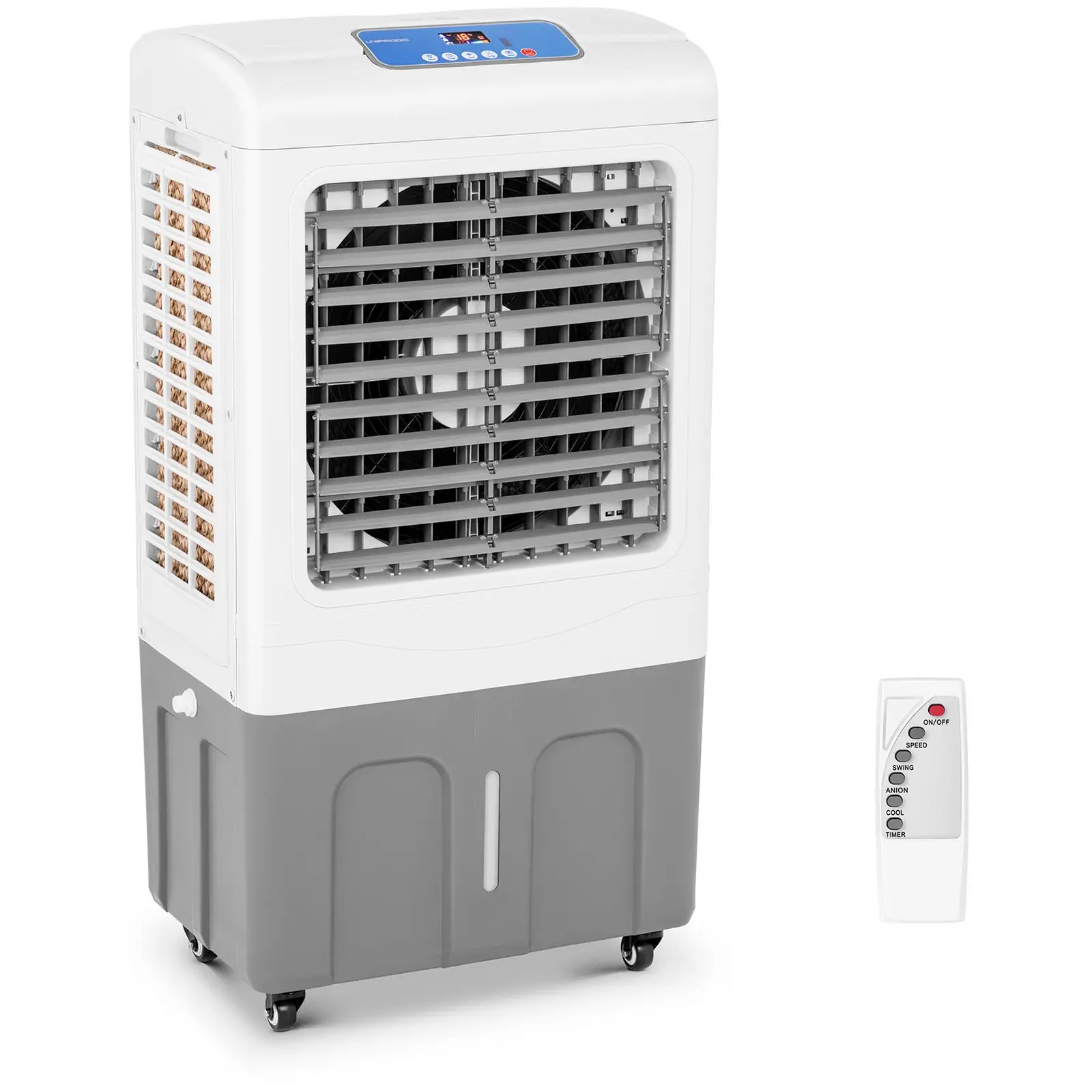

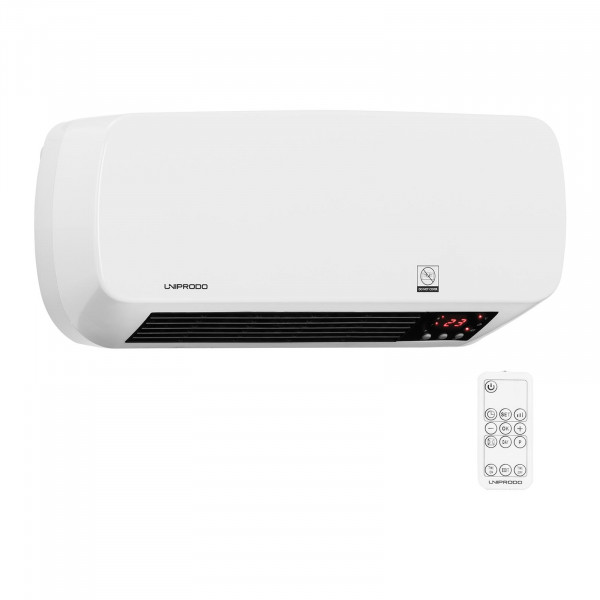
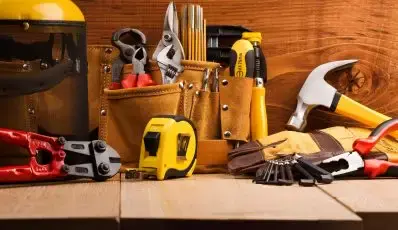
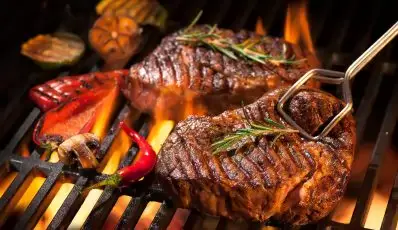
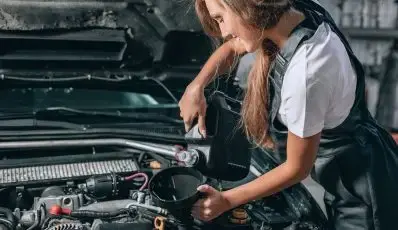
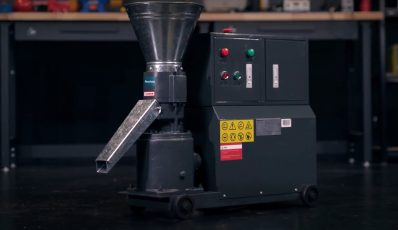

Share